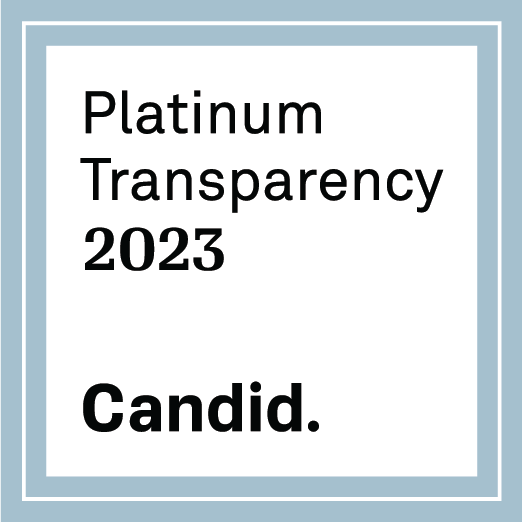The Dupuytren Symposium is coming!
As tomorrow’s deadline for abstract submission nears, internet connections are heating up at command central for the 2010 International Symposium on Dupuytren’s Disease. The symposium syllabus looks very exciting, with some amazing new reports. Session topics have solidified as: The Myofibroblast; Genetics and Demographics; Disease Concepts; Collagen and Collagenase; Surgical Treatments; Energy Based Treatments; Manual […]
Needle Release of Dupuytren’s: 2010 Manual of Technique
Percutaneous fasciotomy for Dupuytren’s contracture is an old procedure, but was reinvented by Dr. Lermusiaux in Paris in the 1980s, who used a small needle rather than a scalpel. This modification allows the procedure to be performed using almost no anesthesia, which gives an unprecedented safety margin: the patient can easily confirm whether nerves or […]
Management strategies for Dupuytren’s
The management options for people with Dupuytren’s can appear as confusing as the biology. This review provides a nice overview of Dupuytren’s disease and a practical decision tree approach to manage hands affected by Dupuytren’s. It’s worth a read: https://dupuytrens.org/DupPDFs/2006_Bayat_1586.pdf
Homeopathy for Dupuytren’s
HH Reckeweg (1905-1985) in Germany developed the Disease Evolution Table of homeopathic medicine. In this system, Dupuytren’s contracture is classified as a mesenchymal-connective tissue cellular-degeneration phase disease. This should be the starting point for homeopathic physicians to begin developing a homeopathic cure for Dupuytren’s. See where Dupuytren’s fits on the Disease Evolution Table: https://dupuytrens.org/DupPDFs/1985_Reckeweg.pdf
Machines to Stretch Dupuytren’s Cords
There is not yet a perfect solution for PIP contractures from Dupuytren’s Disease, or for PIP contractures in general. One approach has been to use temporary skeletal fixation devices to slowly lengthen Dupuytren’s cords and scar tissue. The collagen bundles in Dupuytren’s cords don’t actually stretch: they remodel, disconnecting crosslinks between adjacent strands, sliding adjacent […]
Dupuytren’s, epilepsy, barbiturates and genes: a chemical love …triangle.
Dupuytren’s has been associated with epilepsy. The type or cause of epilepsy doesn’t seem to matter. What does matter is the specific medication phenobarbitone. Dupuytren’s was not common in epileptics prior to the common use of this medicine, but is very common in people on long term treatment with it: Dupuytren’s will be found in […]

